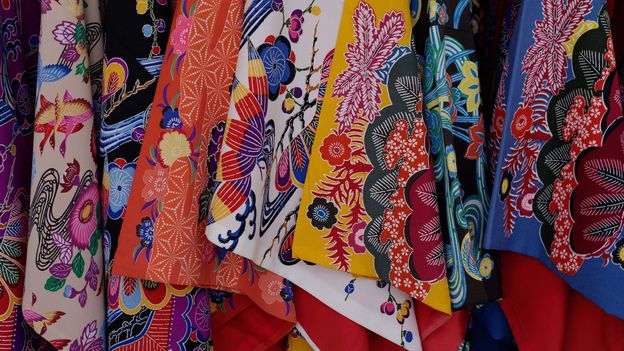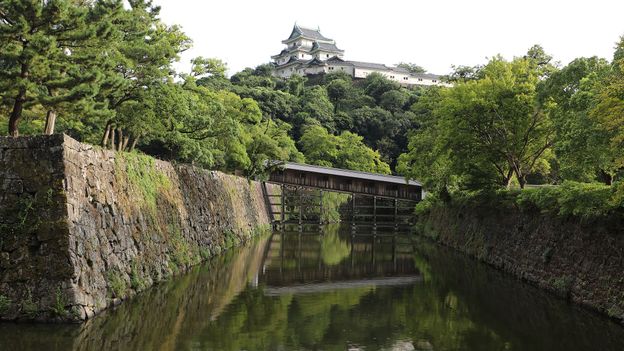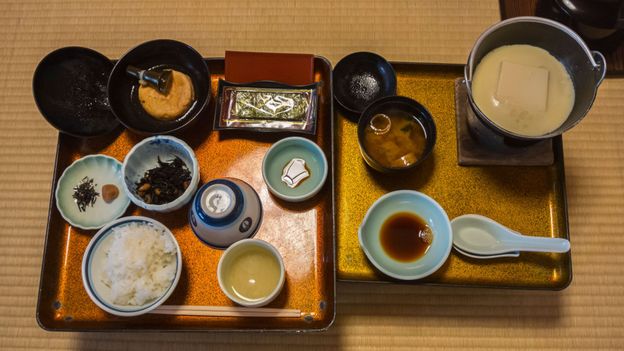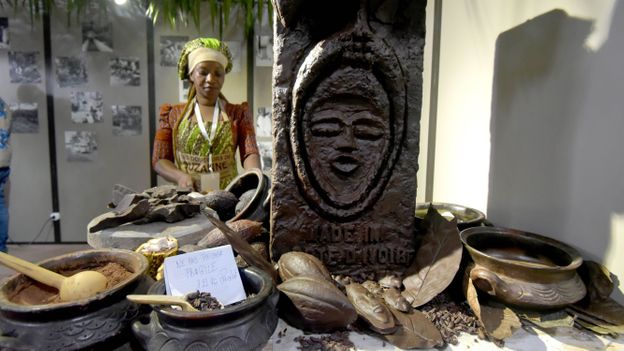From a first visit to the shrine to coming of age and marriage ceremonies, the kimono plays an integral role in Japanese society. It is worn at key moments in a person’s life as well as being donned for traditional occasions such as the tea ceremony. If meticulously handcrafted by the finest makers, their value can run to thousands of pounds, and they are reverently handed down from generation to generation. To western eyes they are the ultimate symbol of Japan, often infused with an exotic fascination derived from misconceived ideas about the geisha.
More on Japan 2020:
• Why all film-lovers should watch anime
Given the kimono’s iconic status it is easy to forget that for the greatest part of their history they have also been a fashion staple, worn on a daily basis by the majority of the population. Only after the enforced opening of Japan’s borders by the United States in the late 19th Century did the kimono begin to take on a more symbolic role, a shift that reached its apogee in the aftermath of the Pacific War (1941-45) when, defeated and demoralised, the Japanese largely abandoned the kimono in favour of Western fashions.
“As its actual wearing decreases, so its symbolic status expands and it comes to stand for Japan in a globalised world,” says Anna Jackson, curator of Kimono: Kyoto to Catwalk at the Victoria & Albert Museum in London.
However, since the 1990s there has been a growing interest in kimono amongst a younger generation of Japanese with numerous magazines, blogs and Facebook groups fuelling this revival. Kimono is once again being seen on the streets of Japan, proving that far from being a static icon it is a dynamic, fashionable, garment whose use and significance has ebbed and flowed with the tides of history.
Status symbol
The kimono first gained sartorial significance during the Edo period (1630 – 1868). After centuries of civil war and unrest this was an era of unprecedented political stability, economic growth and urban expansion. In the past, the samurai, Japan’s ruling military class, had gained their status and wealth from success on the battlefield. Now this was increasingly emphasised via appearance.












